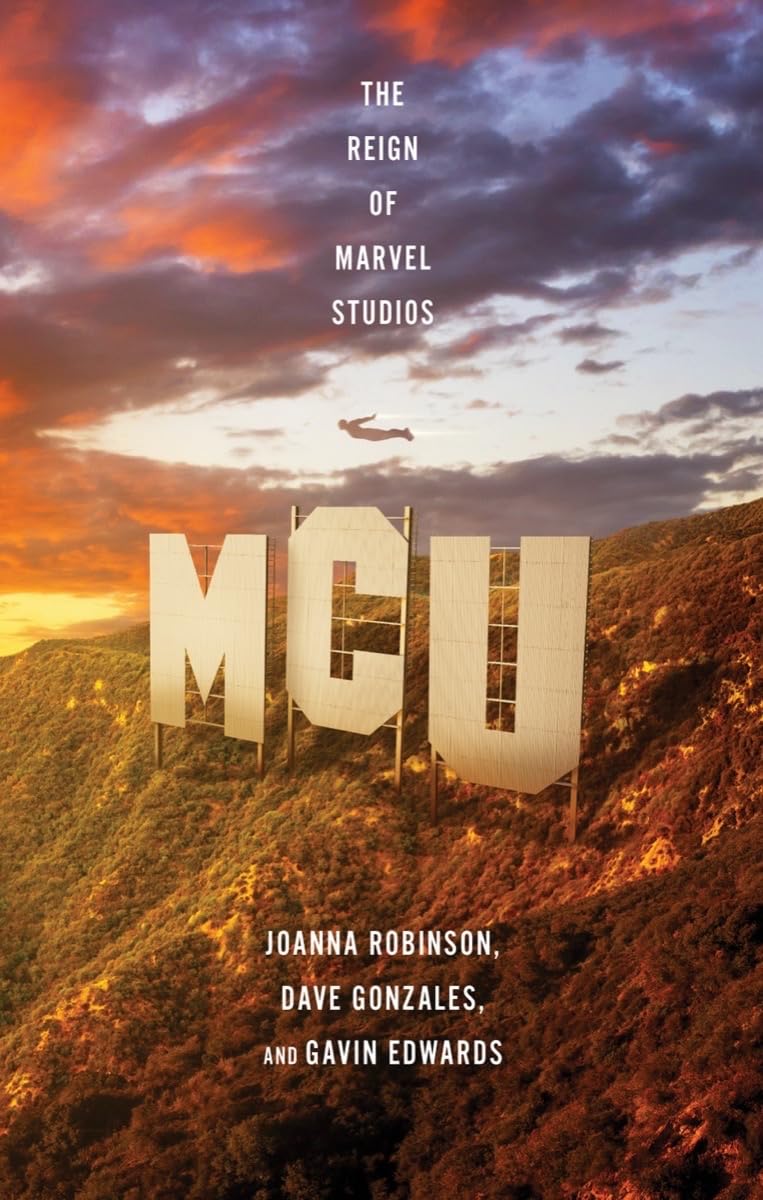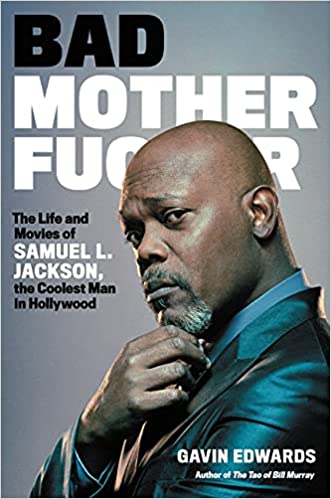How did the “Paul is Dead” rumor start? What were the major clues?
Well, not being able to understand “cranberry sauce” was one of them; a lot of people thought the pronouncement was “I bury Paul.”
Be warned: this is like the JFK assassination (except not being, you know, a real death). You get interested, you read the Warren Report, and before you know it, you’re up at 3 AM looking for other conspiracy theorists on the Web. But the extremely abridged version is this: the “Paul Is Dead” rumor was floating around midwestern America in 1969 (the same year the Beatles recorded Abbey Road and broke up). In September, the student newspaper of Drake University in Des Moines, Iowa, printed an article on it, which doesn’t seem to have gotten much attention. In October, however, a listener called up Detroit DJ Russ Gibb, told him McCartney was dead, laid out some of the clues, and finished by getting him to play “Revolution 9” backwards: the repeated phrase “number nine” sounded like “turn me on, dead man.”
Practically everything on any Beatles record became clues in a composite narrative that McCartney had blown his mind out in a car around 1966 and been replaced by a lookalike. A few of the landmark clues: On the inside of the Sgt. Pepper’s cover, McCartney was sporting an armband emblazoned with “OPD,” which allegedly stood for “Officially Pronounced Dead.” (Others say it’s “OPP,” which as Naughty by Nature taught us all, means “Other People’s Property,” and some other lewder definitions.) On the cover of the American album Yesterday and Today, the other Beatles surround McCartney, who is sitting in a steamer trunk. But if you turn the cover counterclockwise, he appears to be in a coffin. And on the cover of Abbey Road, McCartney is barefoot and out of step with the other Beatles. Parked on the street behind the band is a Volkswagen Beetle with the license plate “LMW 281F.” “LMW” might mean any number of things, including “Linda McCartney Weeps,” but the lower half was widely interpreted as saying “28 IF,” meaning that Paul would have been 28, if only he had survived.
As with any elaborate conspiracy theory, you shouldn’t expect consistency: for example, McCartney was only 27 when Abbey Road was released. But “Paul Is Dead” stands as a charmingly loopy testament to the levels of obsession that the Beatles inspired. And what did McCartney think of the greatly exaggerated reports of his death? He said, “Someone from the office rang me up and said, ‘Look, Paul, you’re dead.’ And I said, ‘Oh, I don’t agree with that.'” McCartney decided it wasn’t worth refuting the story right away: “It’ll probably be the best publicity we’ve ever had, and I won’t have to do a thing except stay alive.”
(Excerpted from the 2006 book Is Tiny Dancer Really Elton’s Little John?: Music’s Most Enduring Mysteries, Myths, and Rumors Revealed, published by Three Rivers Press, written by Gavin Edwards.)


